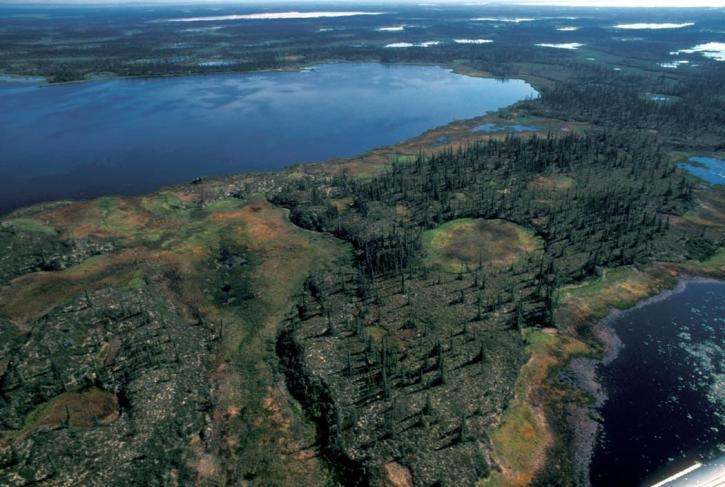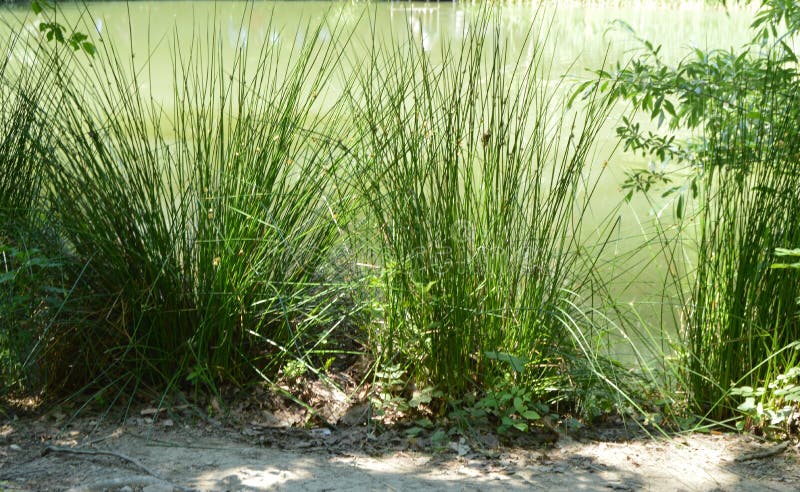

“Once scouring starts at the toe of the levee, the whole thing can unravel, and that’s when you have a collapse.”Īs Katrina showed, a levee collapse can culminate in disaster, overwhelming the entire flood-protection system. “It’s like pulling a thread on a sweater,” Turner said. Its force can begin scouring at any bare patches or holes, then eating into the muddy interior until it collapses. The energy of the waves striking the levee face then travels into the levee’s core, rather than ripping apart the grassy surface.īut when a levee is overtopped, water cascades down the landward slope. The water rises up against the levee covering the grass rather than rushing with force along its surface. While it seems logical that the water side of a levee would be under greater stress from a storm surge and the pounding of its wind-driven waves, engineers say that isn’t the case. Synthetic mats like this one can avert scouring and erosion on the landward side of a grassy levee that’s been overtopped. In the case of this region’s hurricane surge, engineers say, the greatest need for armoring is on the protected – or landward – side of the levees.


“When you look at the consequences associated with failure, the costs in human lives and property, then the cost of the resiliency is far and away less than any of those consequences.” WHY ARMORING?Īrmoring earthen levees generally means adding an outside layer to prevent erosion. “We are not convinced grass is the way to go on the levees of this metro area because of the risks associated with a potential failure,” said Bob Turner, an engineer and regional director of the Southeast Louisiana Flood Protection Authority-East. That has led to questions about whether costly alternatives - porous mats, for example, or slabs of concrete - might be better. Both the corps and local levee authorities see its potential, but also the possibility that it will leave the system vulnerable to disaster during a large storm. In fact, the Bermuda grass has been the source of deep and longstanding concern. But not to the corps or local levee authorities. Now, the idea that grass can armor anything, or that anyone could have trouble growing it in a region where residents spend much time and money trying to slow it down, may seem ludicrous. Once scouring starts at the toe of the levee, the whole thing can unravel, and that’s when you have a collapse.” - Bob Turner, levee engineer “It’s like pulling a thread on a sweater. Yet, some of the corps contractors are having trouble getting the stuff to grow. Turns out that when this system is overtopped - and the experts say “when,” not “if” - the material the corps is relying on as “armoring” to prevent a repeat of the levee collapses that contributed to 1,400 deaths during Hurricane Katrina may well be the same stuff growing on your lawn. It’s grass – good old Bermuda grass, to be more precise. No, not concrete, or steel or the right kind of dirt. When historians look back at the building of New Orleans’ $14.5-billion post-Katrina hurricane protection system, it may come as a jolt to realize that vast amounts of research and debate were focused on a rather humble construction material, yet one engineers say is a key to keeping the whole mammoth project standing during a super storm.


 0 kommentar(er)
0 kommentar(er)
